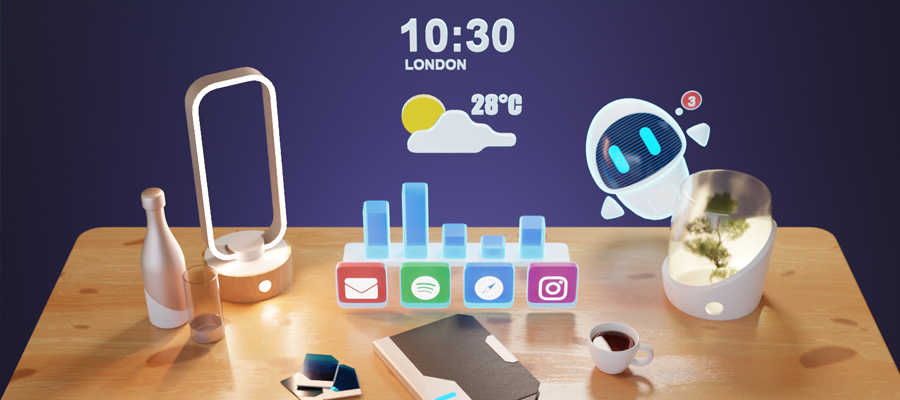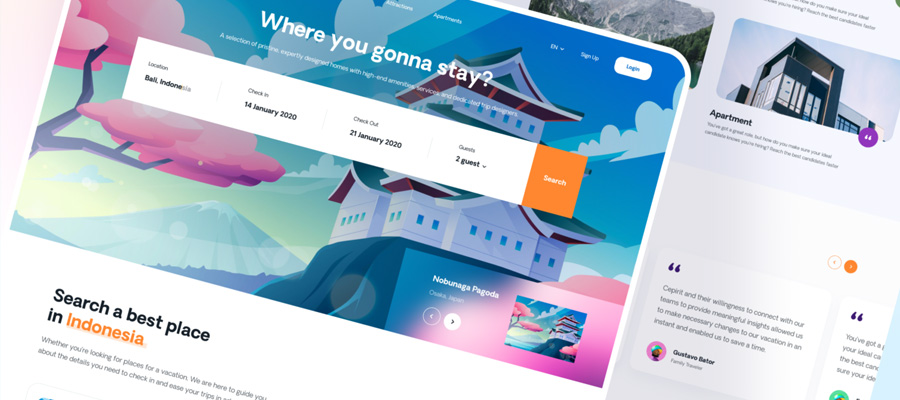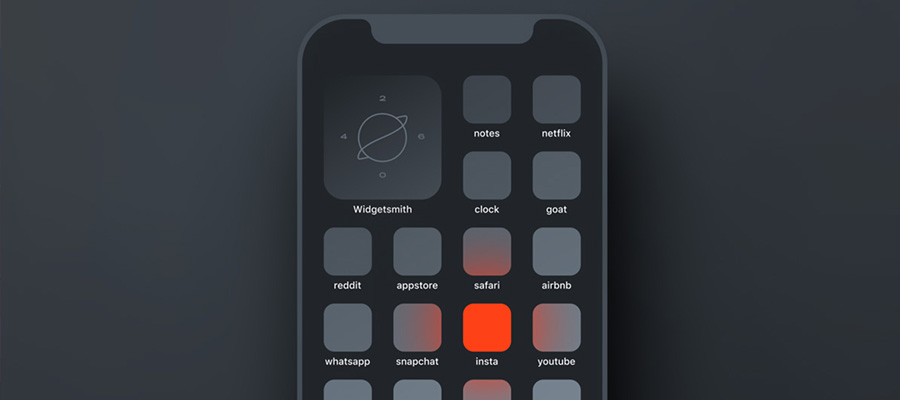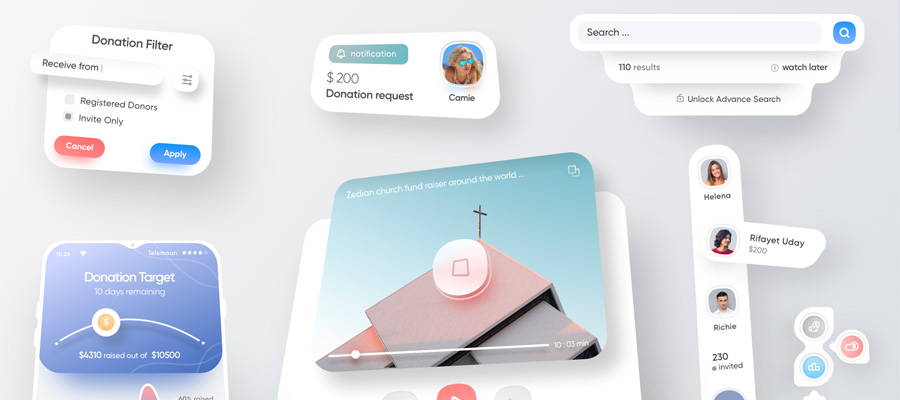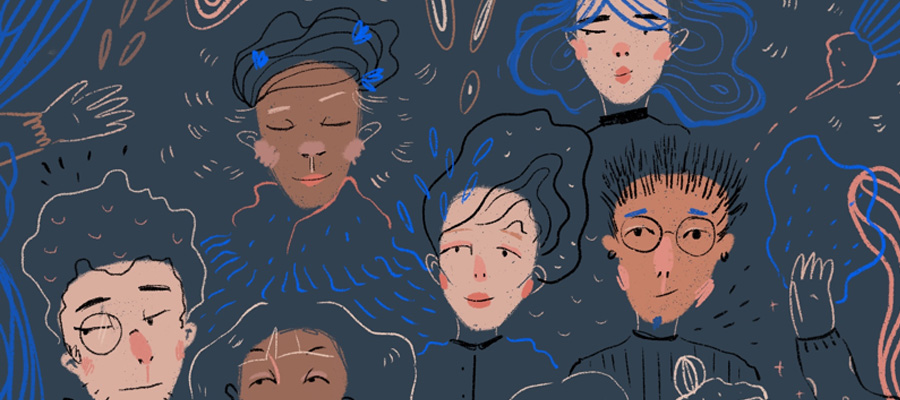When it comes to designing a website, platform or application, prioritizing user experience design is key. Web designers are required to understand that functional beauty is a key element of user experience design. But what exactly is functional beauty, and how can web designers implement it into their designs?

To truly understand functional beauty, we need to concentrate on the 4 main factors that contribute to any intuitive user experience. In today’s article, we’ll have a look at exactly what functional beauty is and how you too, can implement it into your web design for a superior user experience. Read on to find out more!
What Is Functional Beauty?
Before we get into how you can implement functional beauty into your own web design, it is vital that we understand what the term itself means on the most basic of levels. The truth is, we all love beautiful things. Regardless of whether you’re into fashion, interior design, art, baking or make up, beauty is in the front and center of most things in life. It is no wonder then, as to why beauty is a desirable feature of the products and services we purchase, with the power to shape consumer choices and preferences.
We all know what beauty is, but what exactly is functional beauty? To better understand it, let’s first look at the other side of the coin – non-functional beauty. An easy example to help understand non-functional beauty is as follows: imagine you have a gorgeous armchair that looks simply perfect in the middle of your lounge room. However, when you finally get to sit on it, you realize that it is super uncomfortable, awkward to sit in and an all-round bummer in terms of comfort in design. What you now have is a beautiful armchair that offers basically zero functionality.
In contrast, an armchair that possesses functional beauty is one that not just looks good but also feels good. It is comfortable to sit in and an all-round joy to have in your home. Now, what do any of these silly armchairs have to do with functional beauty in UX design? Well, your website is one that needs to strike the perfect balance of being aesthetically pleasing as well as perfectly user-friendly. Not one, not the other, but both working in perfect harmony, kind of like that perfect armchair!
How Does Functional Beauty Affect User Experience?
Have you ever landed on a website, only to click away within a matter of seconds due to its poor design? Similarly, have you noticed how much longer you might spend on a website with well contrasting user-friendly design? The reasoning behind this difference in attitude is – you guessed it – functional beauty. Websites that nail the perfect balance between usability and aesthetics are able to hold a user’s attention for a lot longer compared to poorly designed layouts that may only garner 10-20 seconds of interest at best.
With this in mind, it is easy to understand the value of functional beauty when it comes to user experience and retention that eventually lead to customer conversions. To put it simply, it is impossible to make a sale if your target audience wants to escape your website the moment they land on it.

And now, let’s dive into the 4 key elements of user experience that contribute to functional beauty.
Utility
One of the universal key factors of UX design is utility. Utility refers to how useful a product (in this case, your website) is to a user and it comes as no surprise that any successful website needs to fill a need or offer a reason to be used by users. Thus, utility can be determined by any product that enables users to accomplish a task and whether or not a product can meet your target user’s needs.
Modern business owners must ask themselves: is your website design useful to your target audience? Does it provide all the information they need to make important purchasing decisions? Ensuring that you can confidently answer these questions in the affirmative is crucial to creating a functionally beautiful UX design.
Usability
The next element of a successful website is of course, usability. Usability refers to the ease of both access and use of your products, which in this case is your website. Generally speaking, your site’s usability can be measured by assessing the site’s performance, seamless interaction between different landing pages, and the familiarity of your site layout to your ideal user.
It goes without saying that if someone is intimidated by your website or finds it difficult to use/navigate, they will leave. It’s as simple as that. As such, prioritizing usability is key in UX design to avoid frustrating disengagements that distract instead of attract.
Desirability
Next on the list is desirability. Desirability refers to how engaging or captivating your website is. It is also how you can drive a user to take action through design – whether that be to make a purchase, share a post, or any other desired action or pathway. This also happens to be the part in which design can really make or break a website. Graphic visuals, high-end designs, content and form elements can all be designed in a way that makes a page more desirable to a user.
Graphic Visuals and High End Designs: These are visuals that are utilized to deliver messages or context to users. For example, employing sophisticated visuals and design is a great way to communicate the value of your high end brand.
Website Content: Well-written content is a fantastic way to drive users to take desired actions. You can include well written content in the form of your landing page, general website content, a blog section, calls to action, imagery, or even embedded video or audio content.
Form Elements: Finally, form elements such as sign up forms, mailing list subscriptions and e-buttons are also great ways to finalize a user’s action.
Brand Experience
Last but not least, brand experience refers to the overall feeling and impression created in your user’s mind about your brand, content, website and so forth. The previous 3 elements all work together to create a positive brand experience of not just your website but also your company and the products or services that it offers.
In A Nutshell
At the end of the day, functional beauty in UX design is simply about finding the perfect balance between aesthetics, utility, usability, desirability and brand experience. Is beauty more important than function? Is function more important than beauty? The truth is, both beauty and functionality are equally important in UX design and perfection is achieved when they work together in seamless harmony. When they come together, the user experience feels complete.
